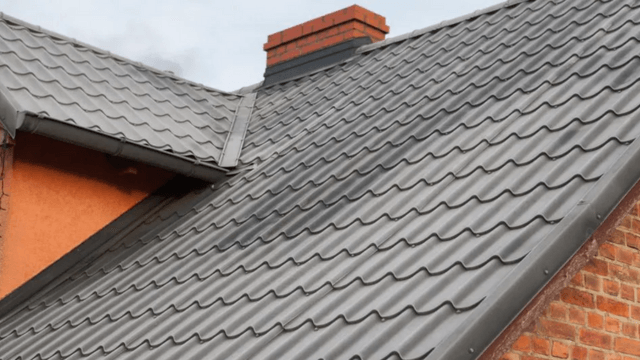Fume Hood Types and Applications

Those who work with chemicals know how important it is to minimize air pollution and the spreading of fumes. Fume hoods improve safety in the presence of gases, dust, and vapors, protecting users from respiratory and circulatory effects.
With shatter-proof safety glass, chemical fume hoods also protect users from spills and explosions. Whether you work in a laboratory or are a hobbyist, knowing the differences between fume hood types will help you make informed buying decisions.
Bench-Top Hoods
The costliest and largest option, bench-top fume hoods sit about three feet off the floor and are accompanied by work surfaces, exhaust blowers, and base cabinets. Bench-top hoods need ductwork, which must be factored into installation budgets.
Floor-Mounted Hoods
Floor-mounted chemical fume hoods, also known as walk-in fume hoods, are installed from the bottom up rather than on other surfaces. A walk-in fume hood may be the size of a small room, allowing users to work with oversized equipment and tools.
Double-Faced Hoods
Ideally suited to demonstration use, double-faced chemical fume hoods have doors on both sides, allowing for all-around viewing. Double-faced hoods are available in wall installation, bench-top, or portable configurations, often used in chemistry classrooms and laboratories where equipment is moved frequently.
Portable Chemical Fume Hoods
Also referred to as recirculating hoods, portable fume hoods use carbon filters instead of ductwork. These hoods are easy to move, use less power, and are less expensive. Because they’re so easy to install, they’re popular in teaching laboratories.
How to Find the Right Fume Hood for Various Uses
Selecting a fume hood can be complicated if you don’t know what to look for. Ask and answer these questions to find the best chemical fume hood for your application.
- What size chemical hood do I need? Hoods and enclosures vary widely in size and depth.
- What will be going through the hood? Each type referenced above is suited to a different use, and knowing which chemicals will go through the hood will simplify the selection process.
- What’s affordable? Operating costs are determined by the amount of air removed from the room, and they vary based on hood type and size.
- Where will it go? Placement is a crucial consideration, and decisions are typically based on ductwork availability, foot traffic levels, and the location of emergency service equipment.
- Who will install the fume hood? Proper hood installation is essential. Most hoods come with blowers and other equipment, and they often require adjustments, modifications, and airflow certifications.
With the answers to these basic questions, you’ll be able to choose the best fume hood for your needs.
Chemical Fume Hood Choice Matters Because It Improves Safety
Fume hoods are an essential part of laboratories and manufacturing facilities, protecting users from chemical exposure. Choosing a fume hood can be difficult, as it depends on factors like project size, chemical usage, and budget. If you’re not sure which type of hood is appropriate, reach out to a laboratory sales specialist for help and advice.






